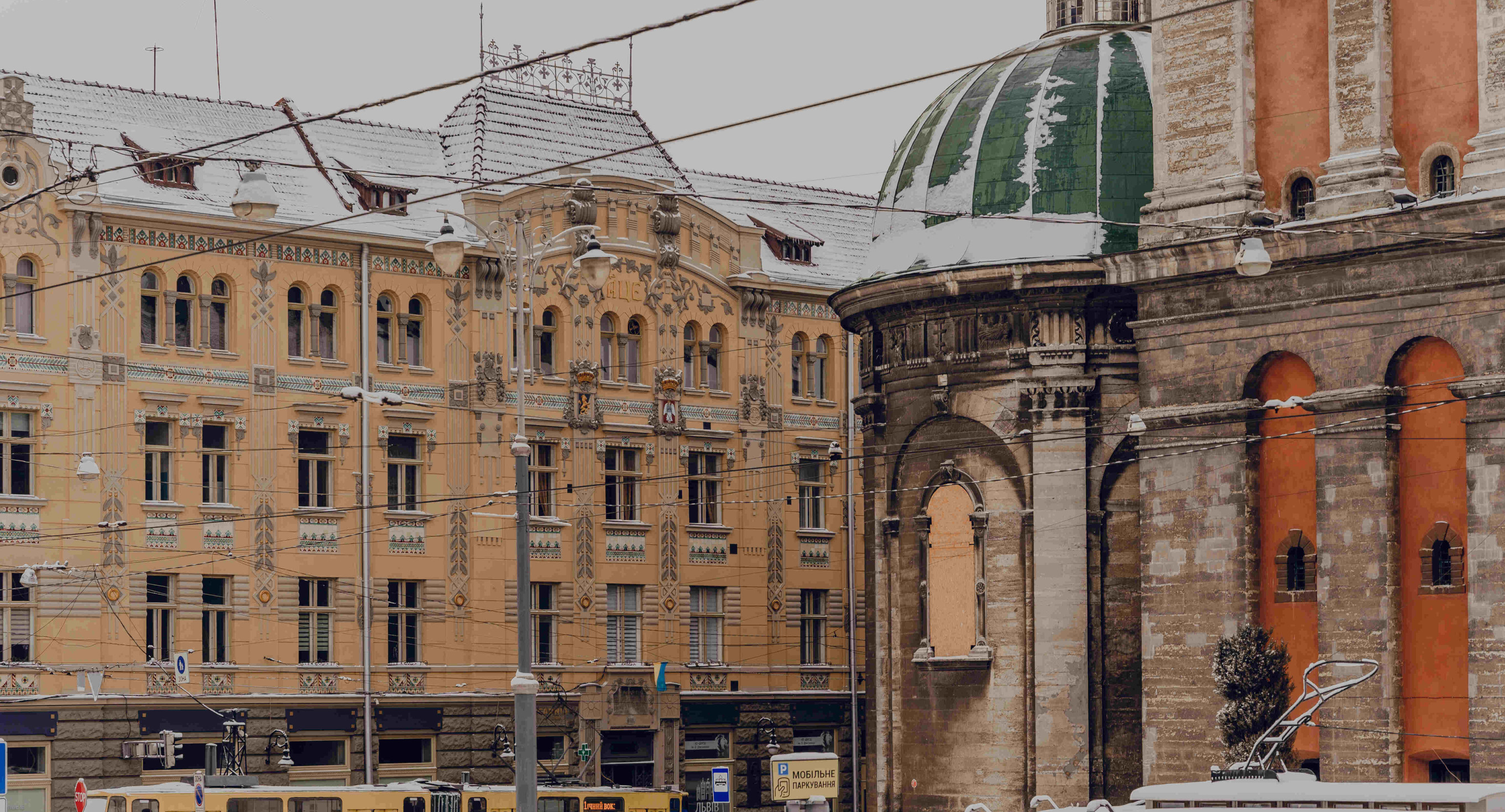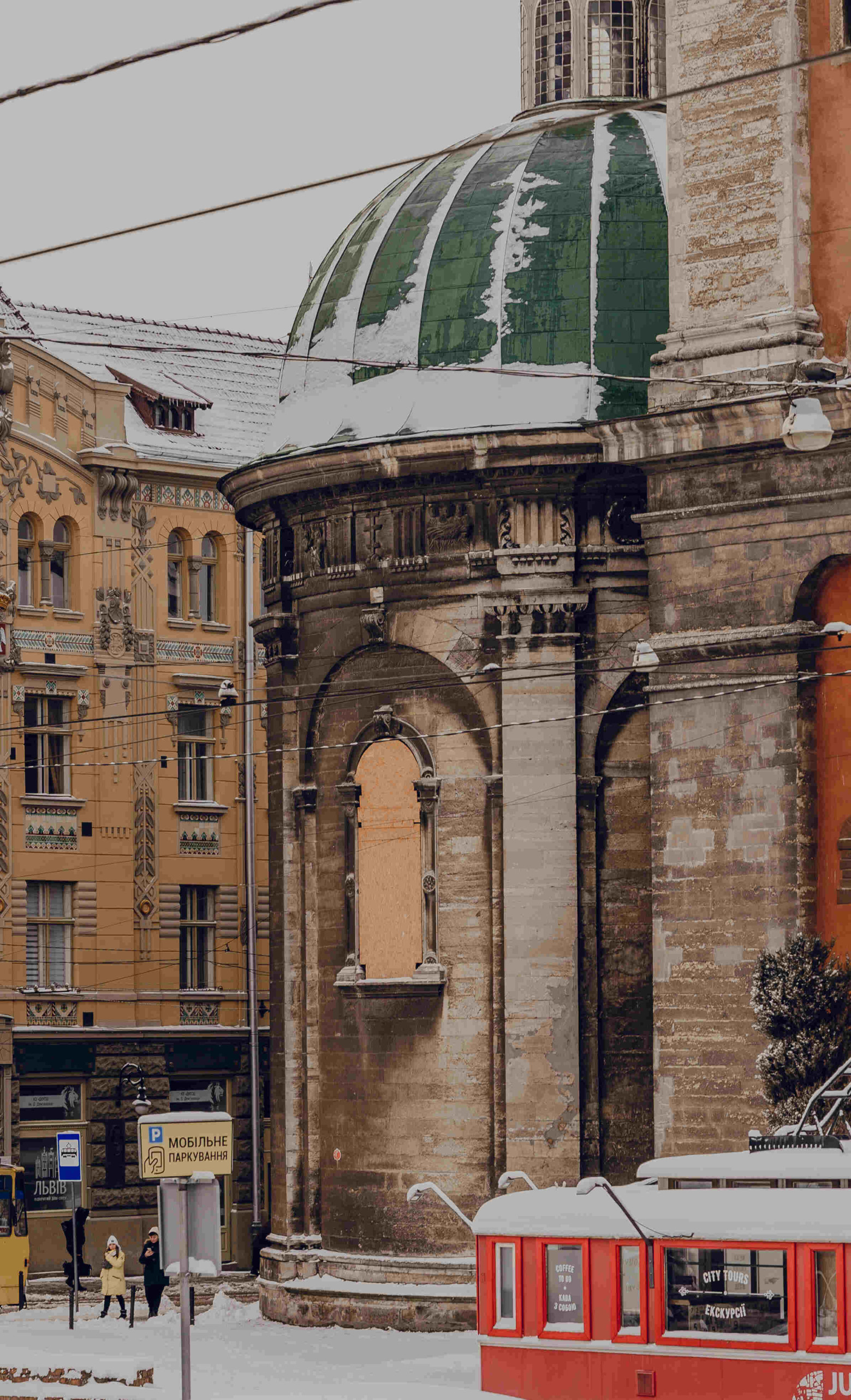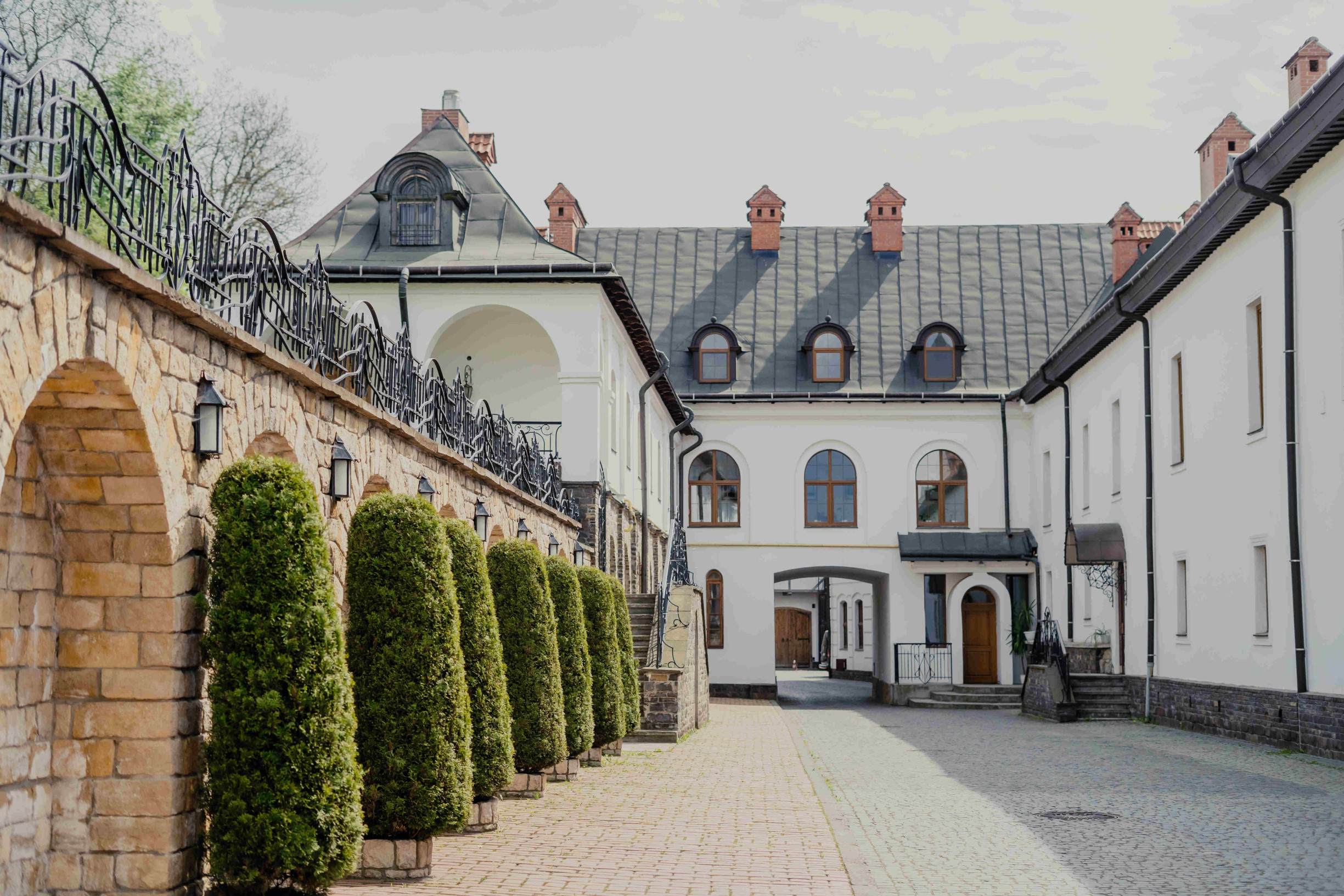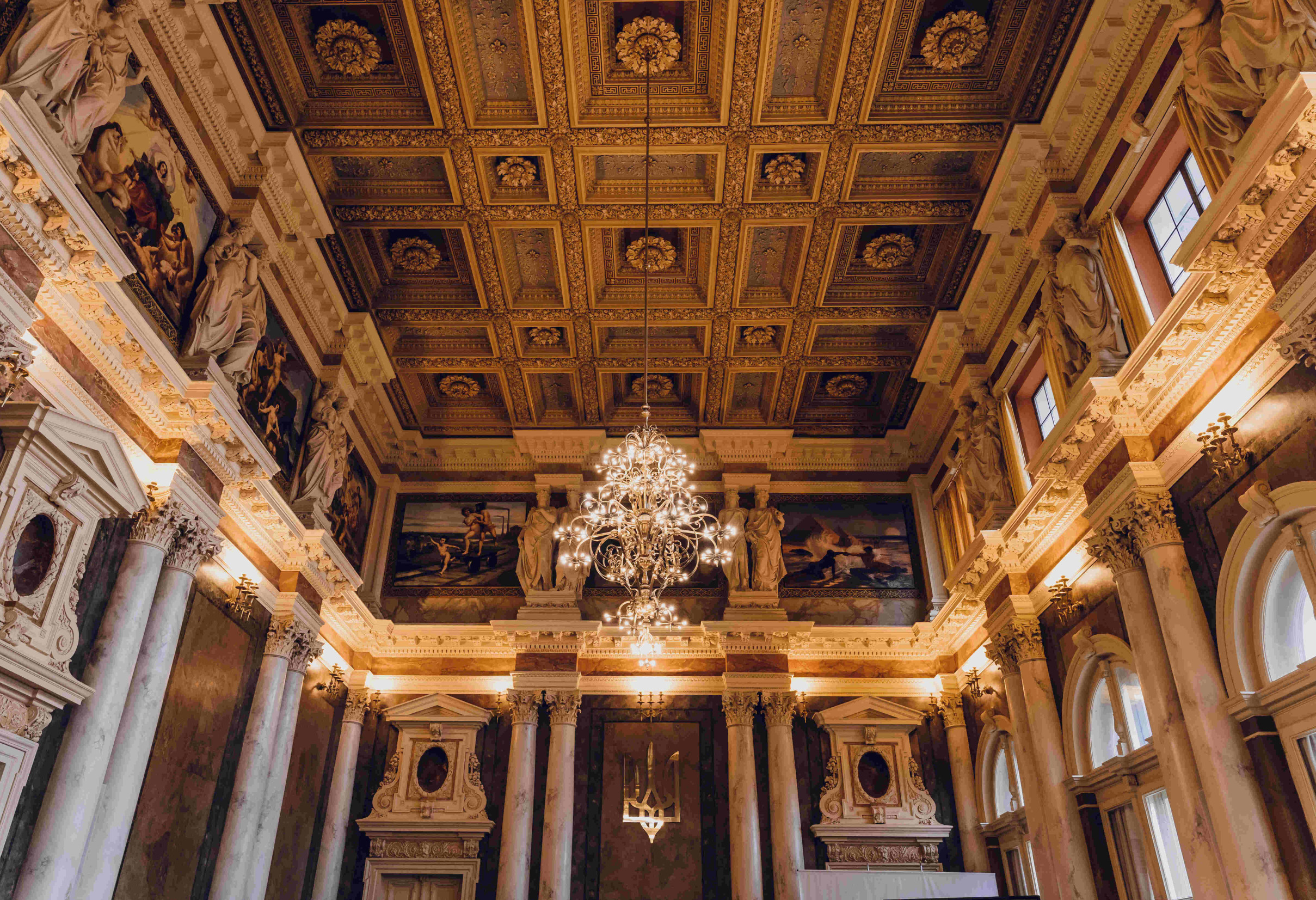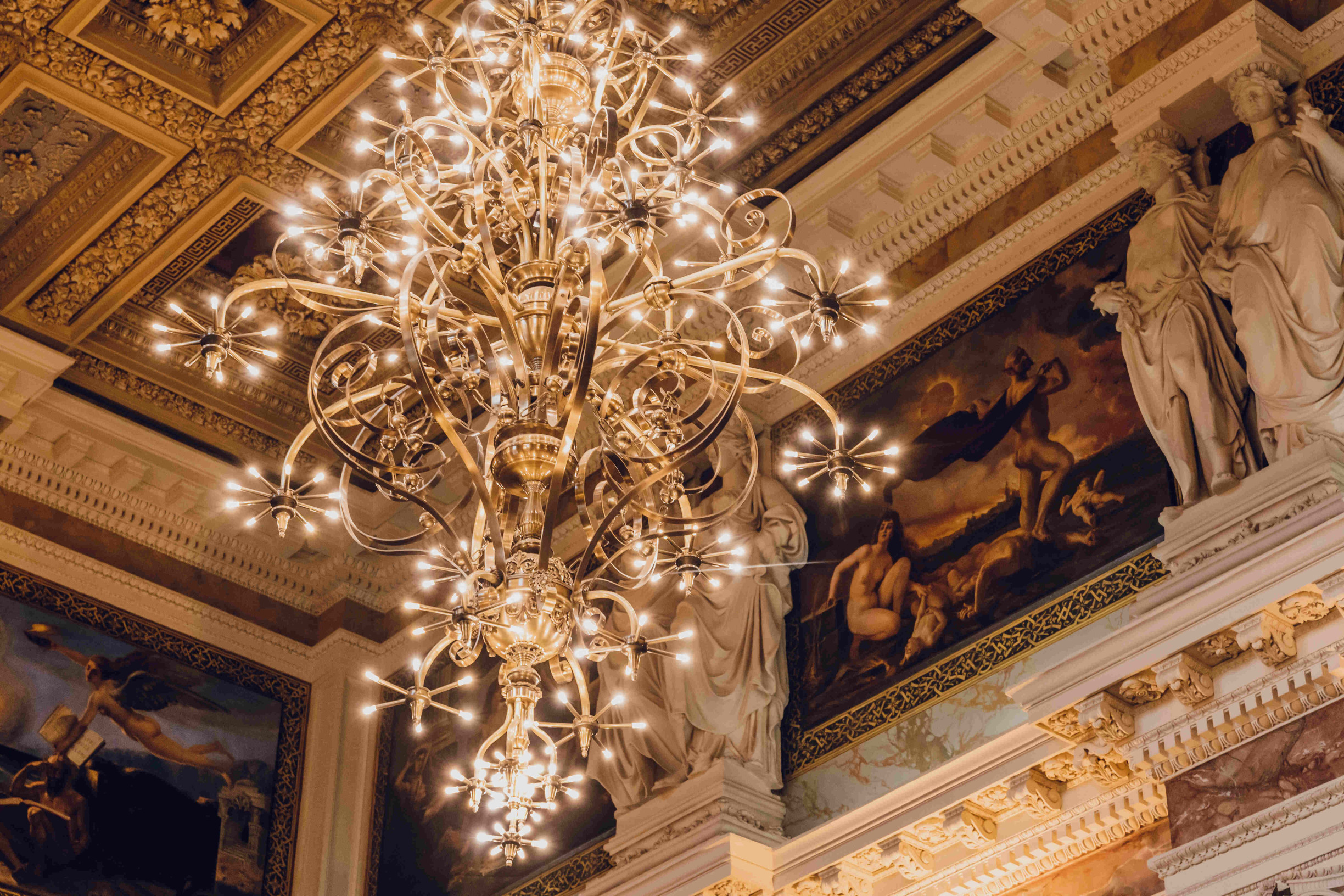In terms of the number of landmarks, the Galytskyi district of Lviv has no equals, not only in the city, but also in Ukraine. This is despite the fact that it occupies a relatively small area. Since 1998, the historic area of Lviv and the St. George's complex have been a world heritage site and are under the protection of UNESCO. Geographically, this is the same Galytskyi district. However, the Galytskyi district of Lviv is not only about history and architecture, but also about modern active life: museums, theatres, cinemas, shopping centres, themed pubs, and much more.
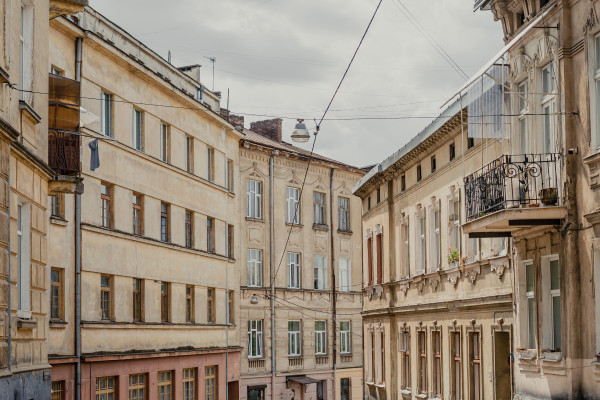
General information
The Galytskyi district is the smallest in terms of area within the Lviv City Council, but it is also the most recognizable part of Lviv. Here you can find the most prominent and ancient landmarks, as well as numerous thematic establishments that tourists from all over the world dream of visiting. The Galician district covers the central part of the city and consists of locations such as the Old Town, the Citadel, Sofiivka, Snopkiv, Krakivskyi suburb, and others.
The district got its modern name after Ukraine declared its independence. Prior to that, its name and boundaries were changed several times, including Central, Stalinist, and Leninist. However, Galitska Street, one of the oldest streets in Lviv and a component of this area, has existed since the city's founding. It was once the starting point of the Galician Road - the road to Galicia.
The Galytskyi district of Lviv is like a parallel reality
It includes the Market Square, which is known to everyone, as well as the Old Market Square, where the city's life began and revolved around during its first decades. Researchers believe that the modern-day Old Market Square was the center of the city during the times of Danylo and Lev. From here, another oldest street led - Volynska, later Zhovkivska road, which is now called Bohdana Khmelnytskoho Street. In the 14th century, the center of Lviv was moved to its current location. The Galician district is an important center of political and religious life.
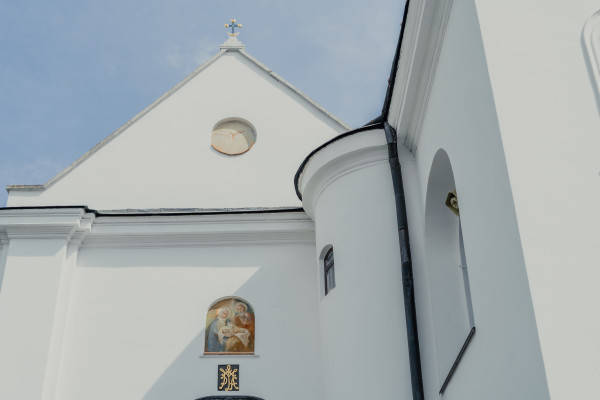
The old center of Lviv is reminded of only by the churches that are considered the oldest in Lviv: St. Nicholas, St. John the Baptist, and St. Paraskeva, the Onufriy Monastery.
Ancient Lviv was home to many peoples. In the Galician district, we see the Armenian Cathedral, built in the 14th century, the Latin Cathedral, and the Church of St. Mary of the Snows, built for the Roman Catholic community. There were also many synagogues in this area. Somewhat later, the modern St. George's Church was built, which was for a long time the main shrine of Greek Catholics in Ukraine.
Industry and Modernization
These words may not seem to describe the central part of Lviv, but the hand of technological progress has also touched these areas. At the end of the 18th century, when Lviv became part of the Habsburg Empire, the city decided to dismantle its defensive fortifications and expand its territory. In the following century, an even more radical decision was made to divert the Poltva River, which previously flowed through Freedom Avenue, into an underground collector.
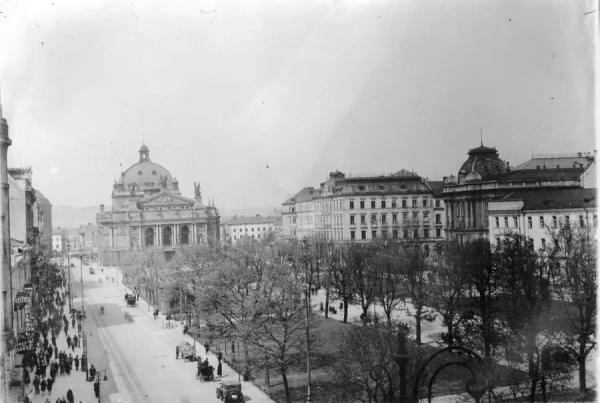
The Austrian period in the history of Lviv was a time of modernization: the introduction of electricity and electric trams, the use of reinforced concrete, theaters, and universities, etc. During this time, buildings appeared in the Galician district of Lviv that would become the city's landmarks and define its face: the Opera House, the main buildings of the Ivan Franko and Lviv Polytechnic universities, the George Hotel, the building of the Dniester Society, the Potocki Palace and the Noble Casino, the Church of Olga and Elizabeth, the train station, and more.
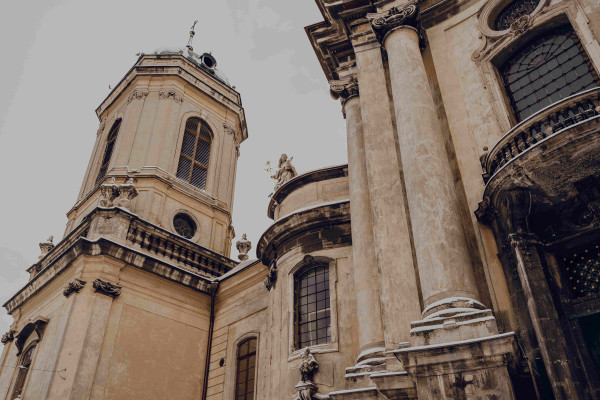
Lviv in UNESCO
Since the end of 1998, the historical center of Lviv and St. George's Hill have been considered a world heritage site and are under the protection of UNESCO. Thus, the city of Lviv and the state of Ukraine have taken on the responsibility of preserving and conserving the historical environment, while UNESCO assists with promoting and popularizing our heritage. Any changes within the historical center must be approved by UNESCO and must not contradict the organization's standards.
The modern page of Lviv's history is a search for a balance between preserving the historical environment and creating comfortable conditions for Lviv residents and visitors to the city. This applies particularly to the Galician district of the city. This area is a remarkable combination of themed establishments and unique cultural heritage.
